Australian digital illustrator and tattoo artist Helen Li had a long journey to becoming the creative she is today, including business school, night school, jobs in finance, service, and graphic design, and a cross-continental move for grad school in New York. Currently living in Poland, she spoke with us about finding confidence and joy in her work, her childhood cartoon inspirations, recreating a studio feeling at home, and more!
A lot of your work has this witchy, spooky aesthetic. Where do you get inspiration?
I love creepy things. I think I've always really liked things that are kind of creepy but also comedic, and a lot of my inspiration comes from nostalgia and old cartoons. For example, there were 90s Nickelodeon cartoons like Ren and Stimpy or AAAHH!! Real Monsters, or Disney’s 1930s rubber hose animations, where they're kind of really blank in the face but highly animated—it’s like a really adorable but unsettling quality. I love old cartoons like that. Maybe that's also why I love drawing googly eyes and big hands.
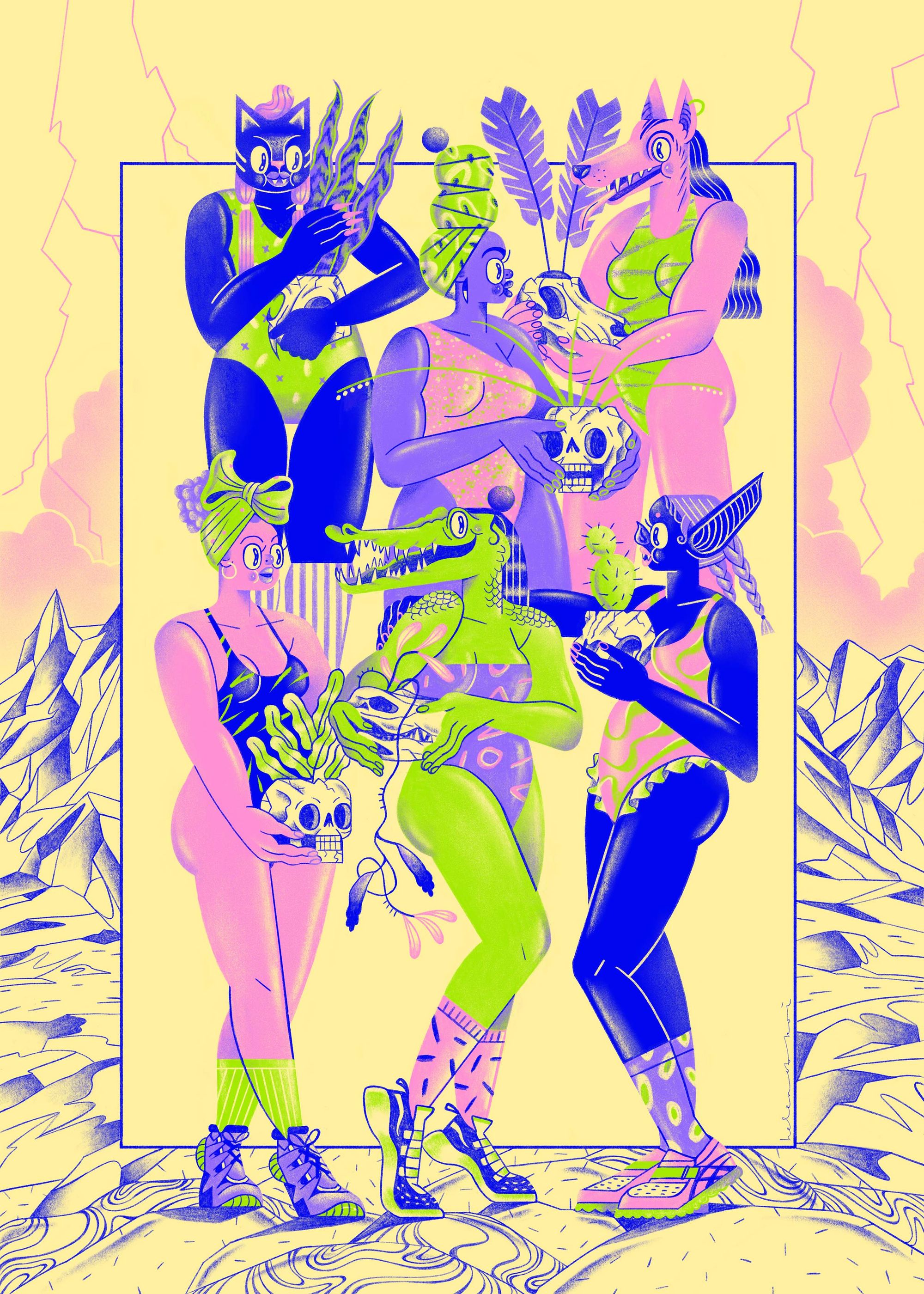
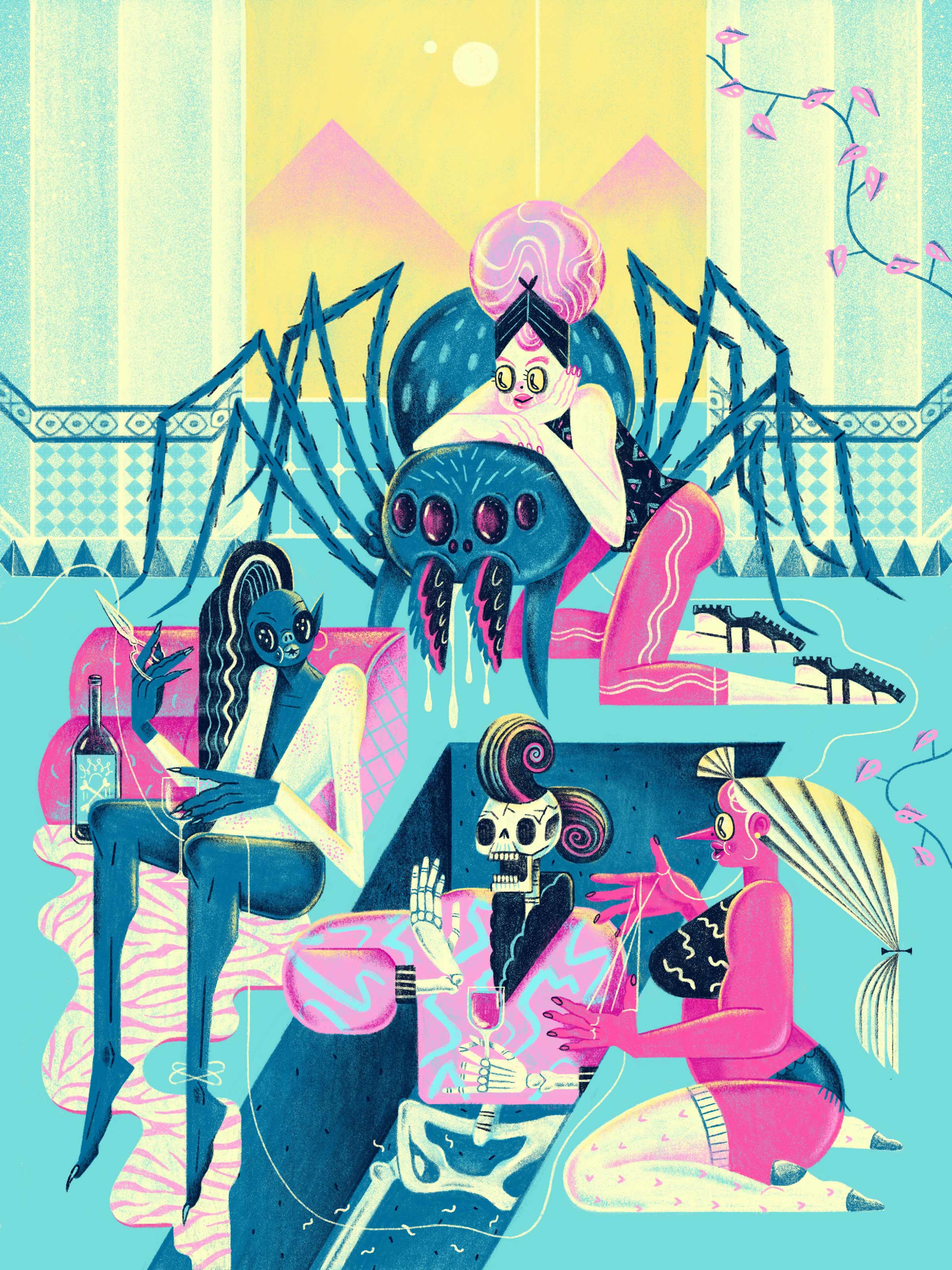
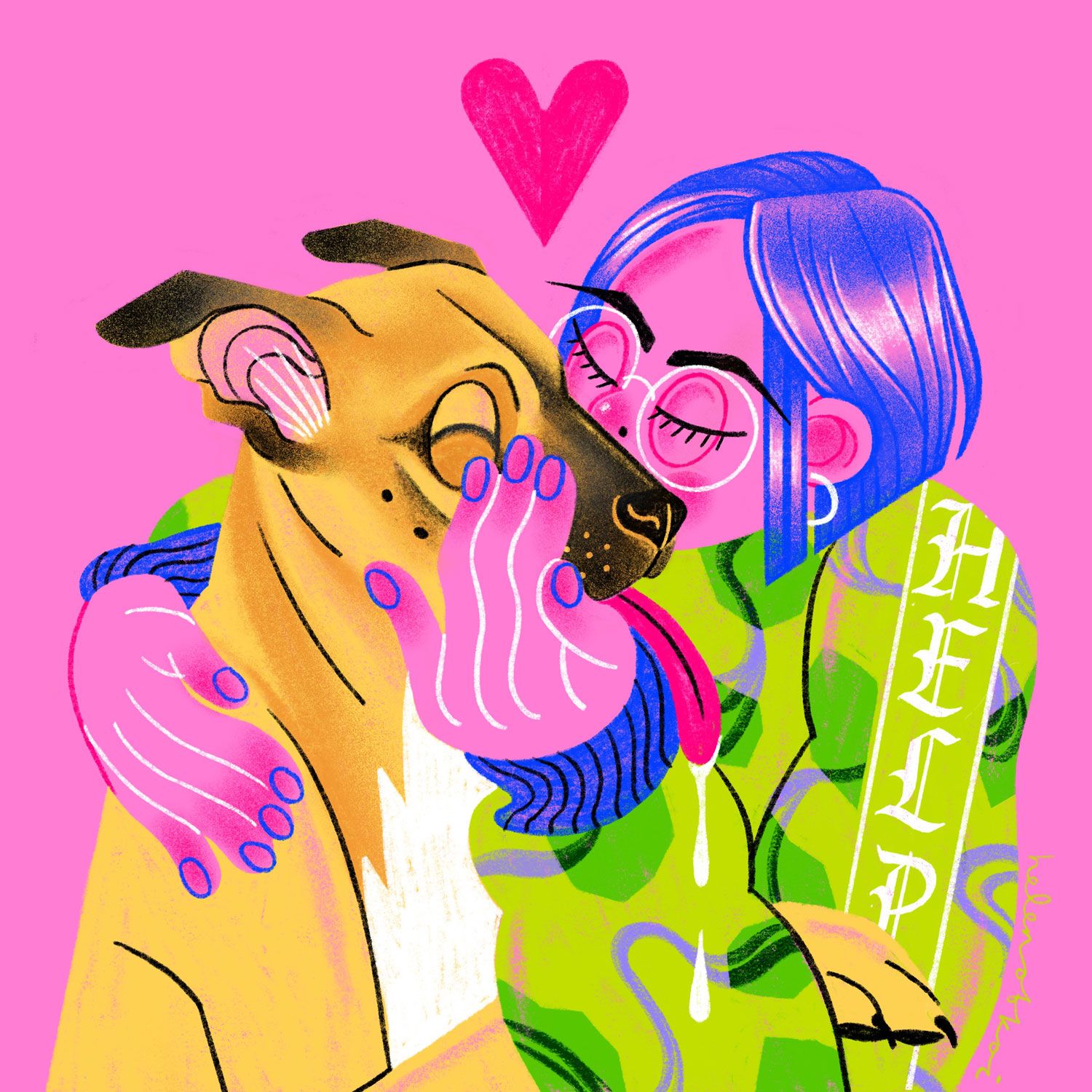
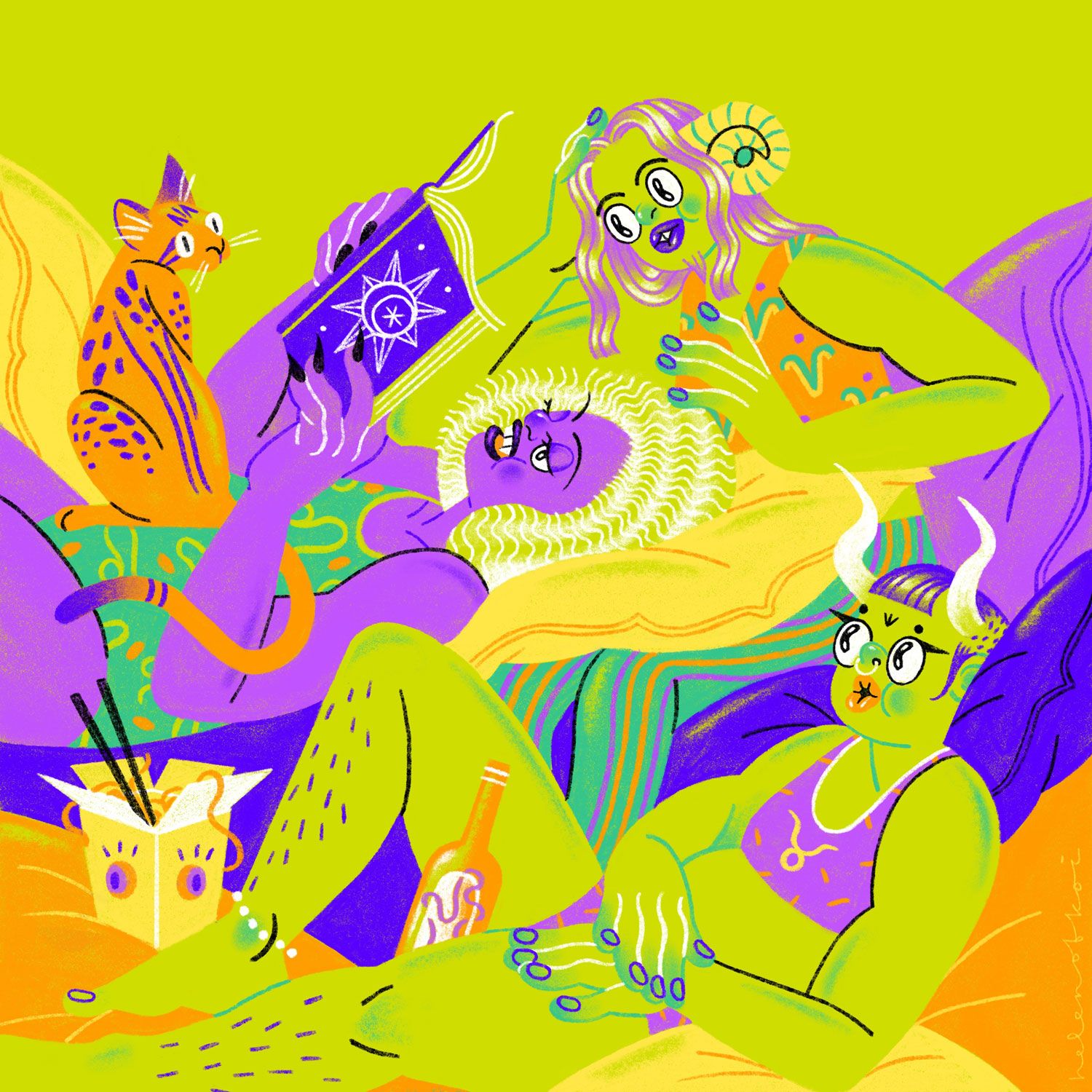
When I work, I just have shows or podcasts on in the background nonstop to keep me in the zone, something that’s high drama but not too engaging, like Great British Bake-Off, Face Off, Blown Away, a lot of shows where people are creating things under deadlines. Huh, it just occurred to me that I might be trying to recreate the feeling of being in a studio, but in my home.
Have you felt like your art has been impacted by the pandemic?
Absolutely. Since the pandemic began I've just been doing back to back jobs, which I can’t believe is happening to me—you know, a steady career in illustration, no way. So financially, the pandemic has been great for me. But because I had to put so much energy into doing so many jobs, I'm just a little bit out of juice. So I think I need to become curious again. Or maybe I have to become bored. I'm not sure which one it is.
Right now, I'm recharging—I've been painting flower pots, sewing a lot, cooking, playing old video games, reading old fantasy novels, just trying to fill up my canister of creativity. And I want to expand on some different skills, like maybe I could start animating a bit, something that will keep me curious and fresh, and still help me build my portfolio.
How would you compare the art scenes in each of the places you've lived?
In Australia, I actually wasn’t doing any art. I was, let’s say, bred to be in finance, and I understand why: it's a way safer trajectory than art. When I finished high school, my parents were just basically like, There's no money in art and you need money to buy things. And I was like, I like things, so I guess being an accountant makes sense. So I went to business school and worked part time as a receptionist, in a coffee shop, in a chocolate shop, and then I used all that part time job money to go to night school for my graphic design certificate. When I quit finance, I told my parents, “Don’t worry, design is kind of like business art” so they wouldn’t freak out.
And then it was during that design job that my boss said he realized I was drawing a lot, and he was like, “I don't think you should be in design. Is it really your passion? Why don't you think about illustration?” I was 23 or 24, and I was like, Why did nobody tell me about illustration before this?
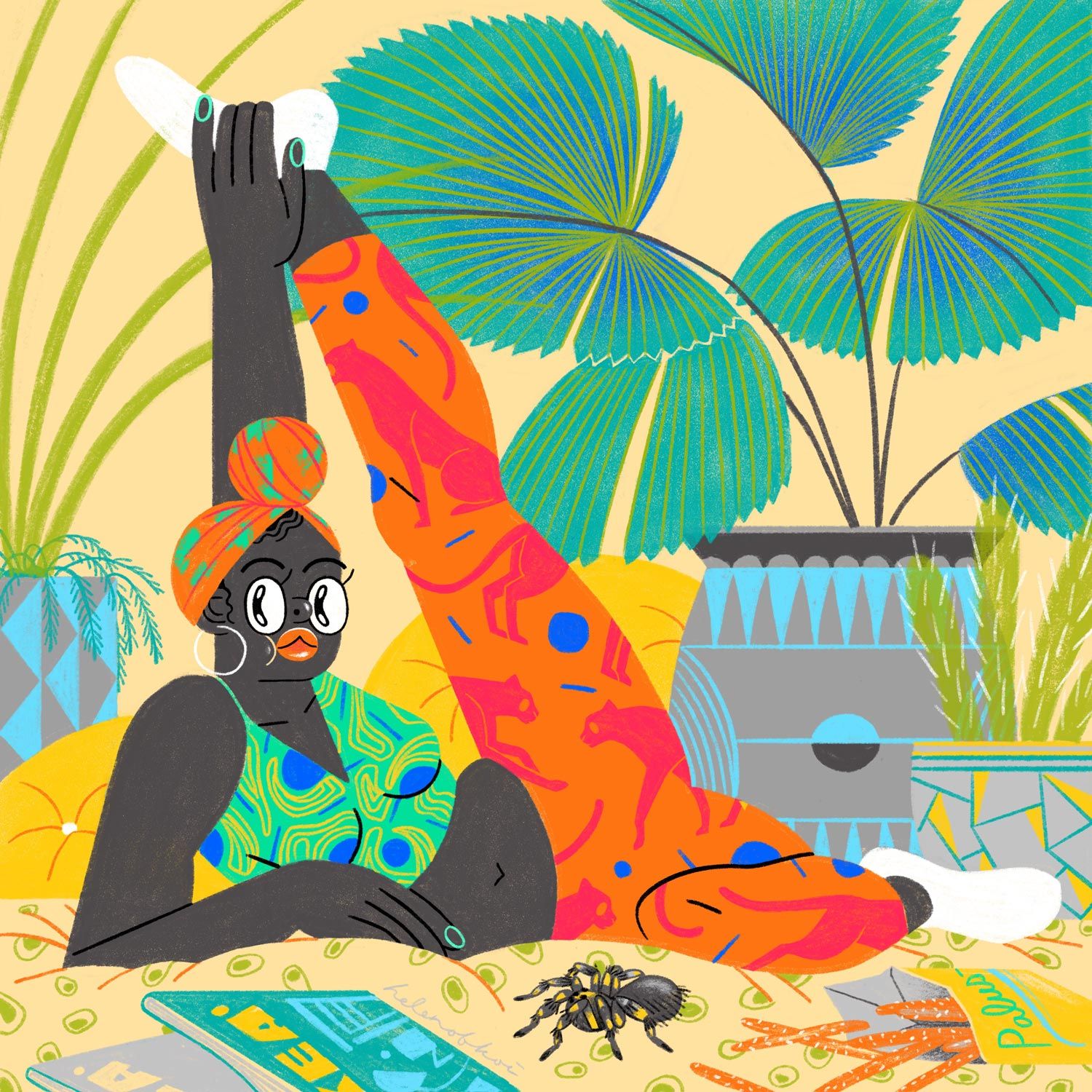
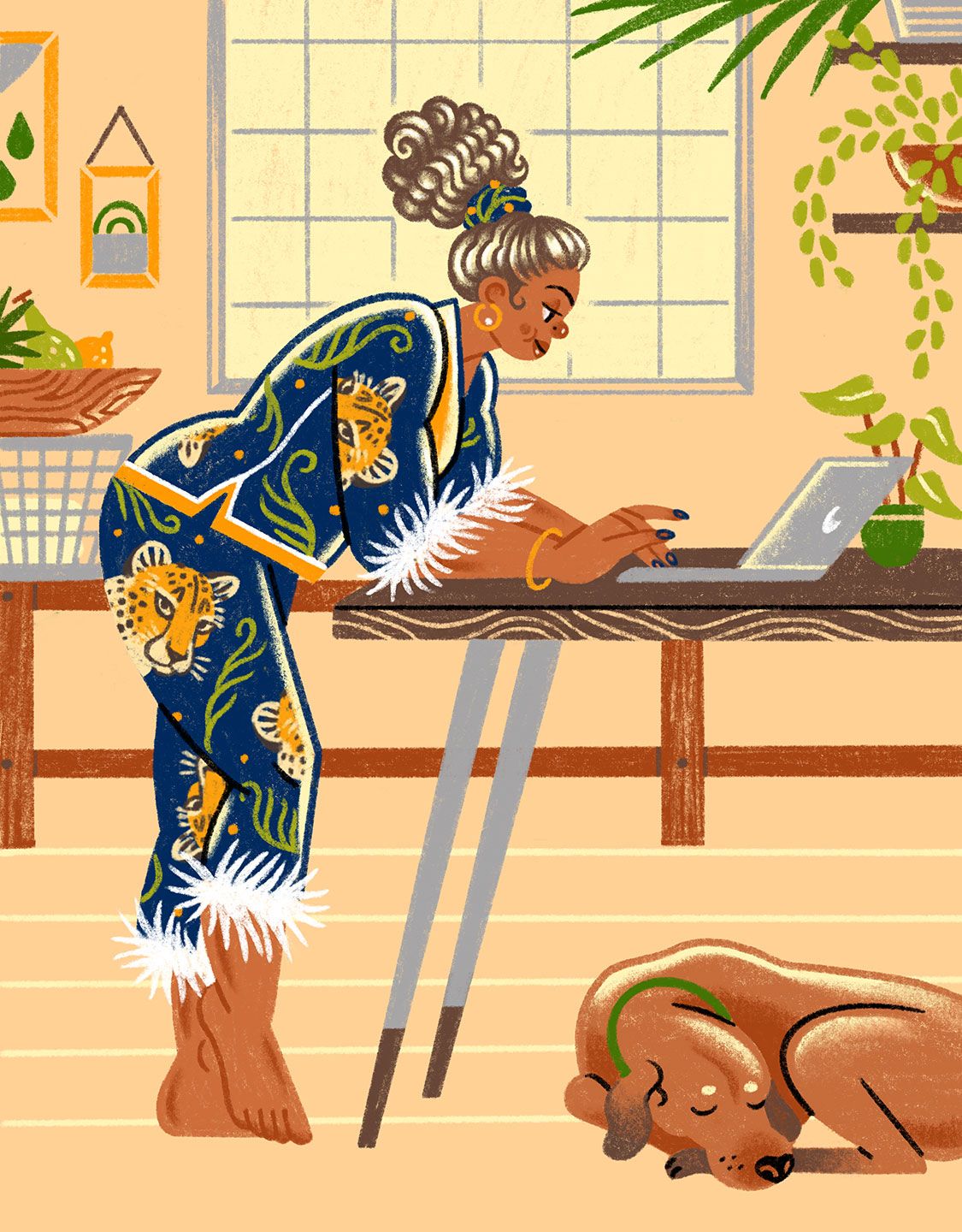
So I quit my job and moved to Poland for about nine months to see if I could live with this guy I was dating—my husband currently, my Polish boyfriend back then—and I just knuckled down and did an illustration portfolio. And I sent it to a few schools and I got into the School of Visual Arts in New York, which was really cool because they were only taking, like, 20 people or something.
The art scene in New York is super cool, and I really, really, really miss it. They have a pretty big community for illustrators, and there's so many events going on, like The Society of Illustrators, and American Illustration does some party every year. I used to hop around and do a lot of activities in New York, and since I moved to Poland, not really. I'm still in touch with a lot of my community from New York, and I've been trying to figure out where things are in Poland, but illustrators already are a shy breed and now I can't even speak to them in their local language.
So how do you build community and get inspired in Poland as a freelancer?
Social media, mostly. And I just started tattooing in Poland and found a really nice, friendly community there. When I first started working in illustration, I was working from home all the time and became a little bit too cozy. So I needed an artistic activity that got me out and dressed and talking to new people almost every day, creating an environment for them where they felt safe. And I liked that a lot about tattooing, just talking to new people. It really helped with my mental health and my social anxiety.
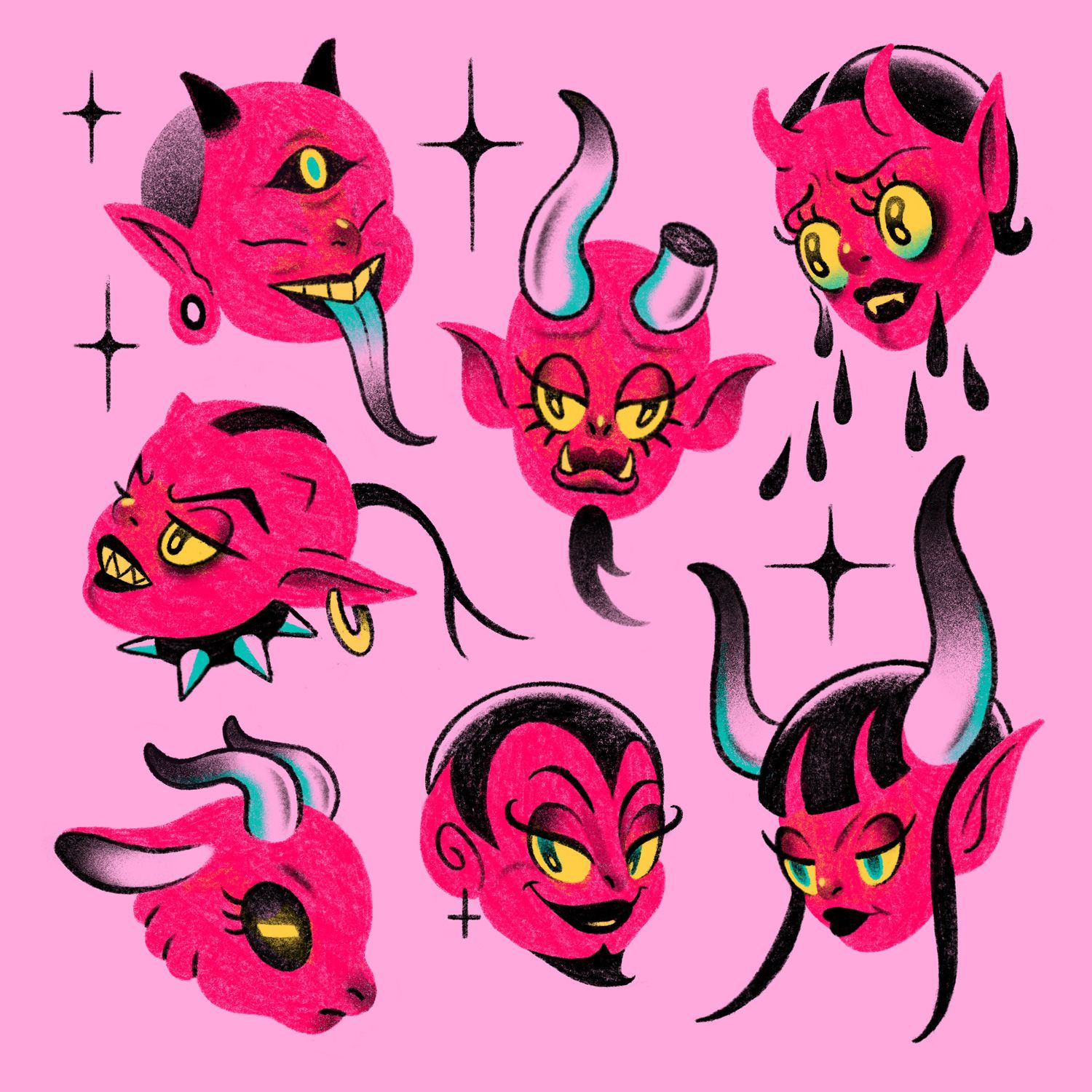

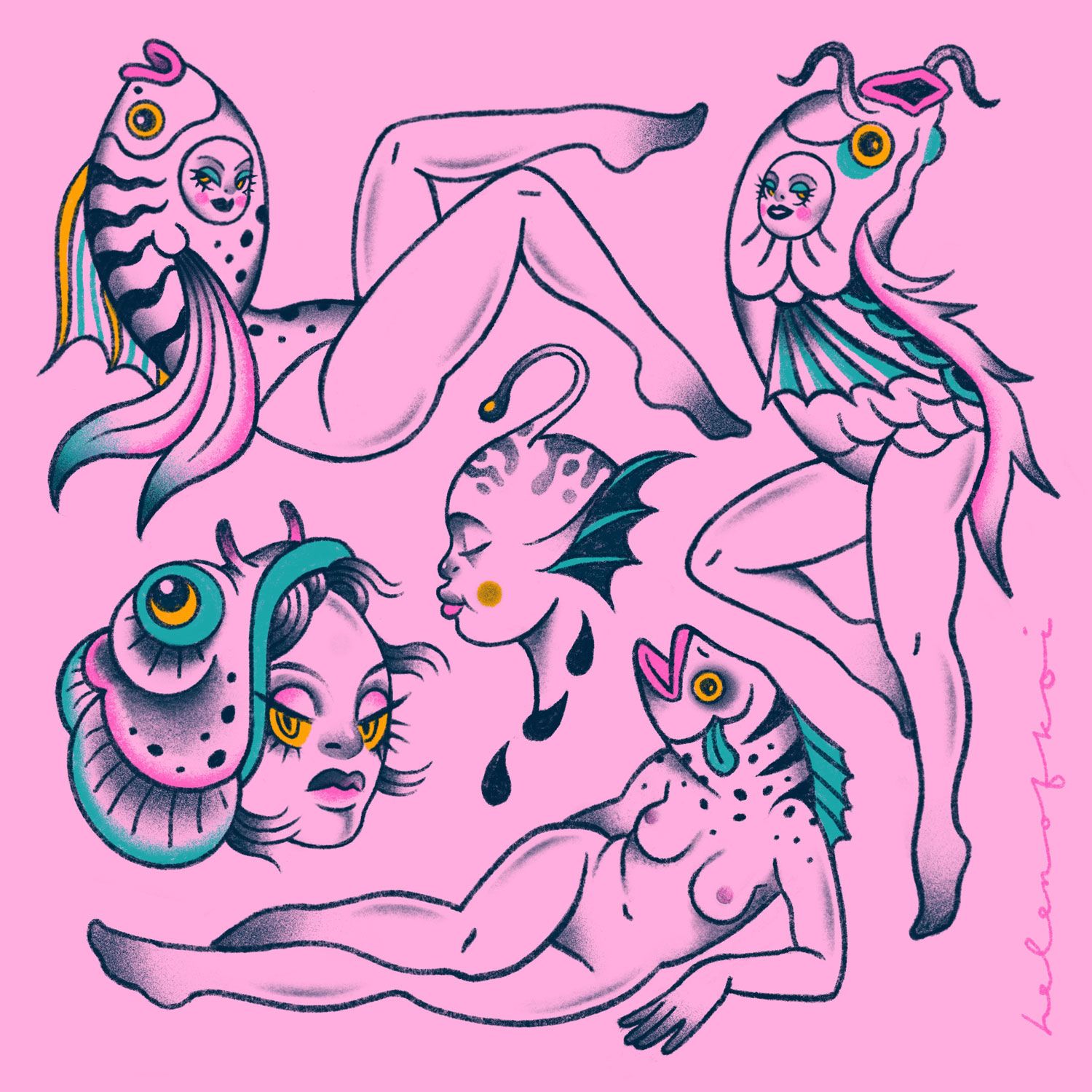
I figured, I know how to draw, how hard can it be to draw on people’s skin? It’s really, really super hard—it is the steepest learning curve. So respect to all those tattoo artists out there who do it full time, it's a really intense job.
I normally tattoo my own stuff, which also helps with my illustration because it's kind of like a warm up. I do like some quick tattoo flashes, stick them up on Instagram, and if somebody adopts them, cool. It's also super fun just seeing my work transfer into a different medium, not just on paper or on a website. And through drawing these little designs, I'm kind of relearning how to use lines, because if you look at my illustration work, it's mostly colors with a bit of line. But now that I'm doing tattooing I have to focus more on line, and I'm appreciating contrast and shade more, so I'm keeping myself fresh.
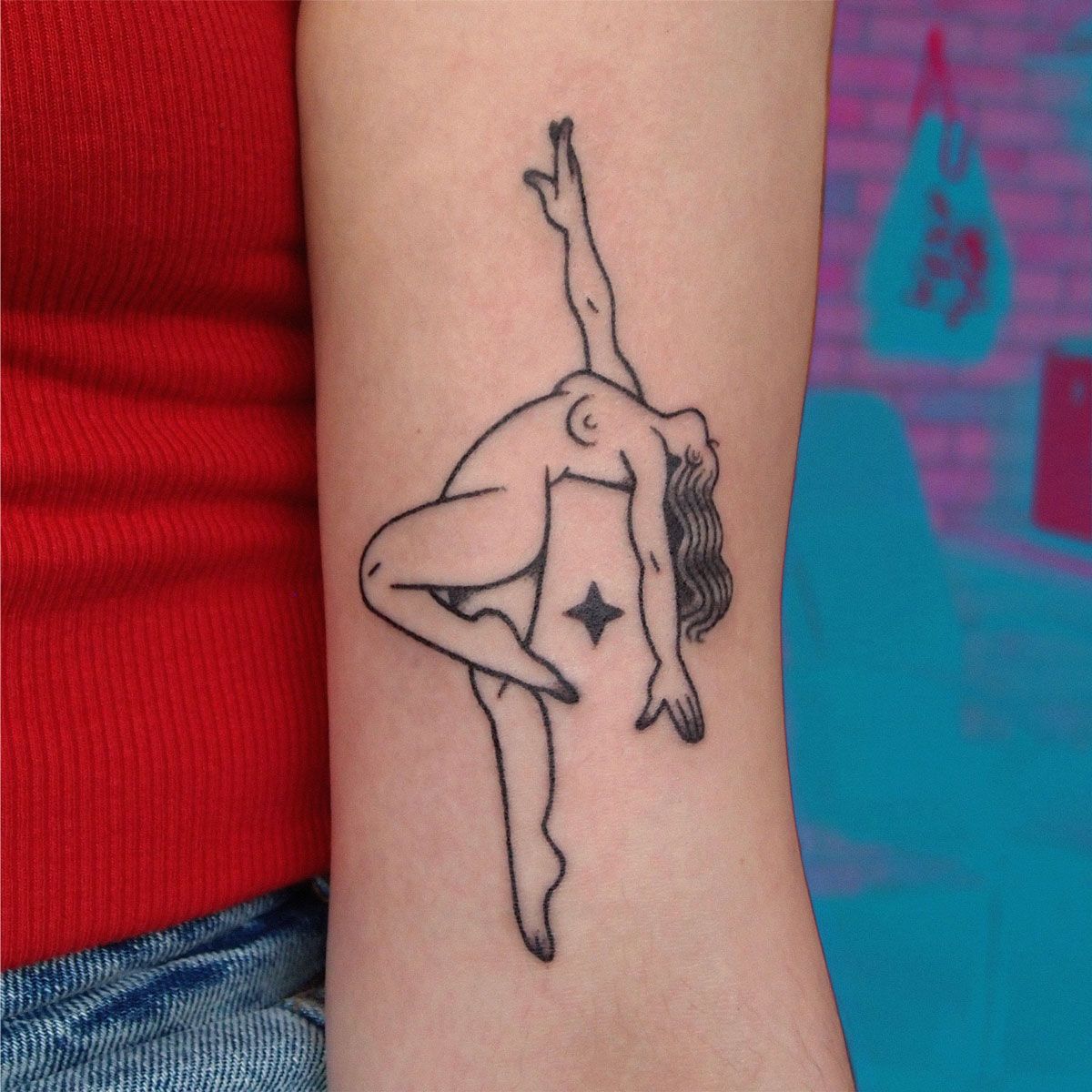

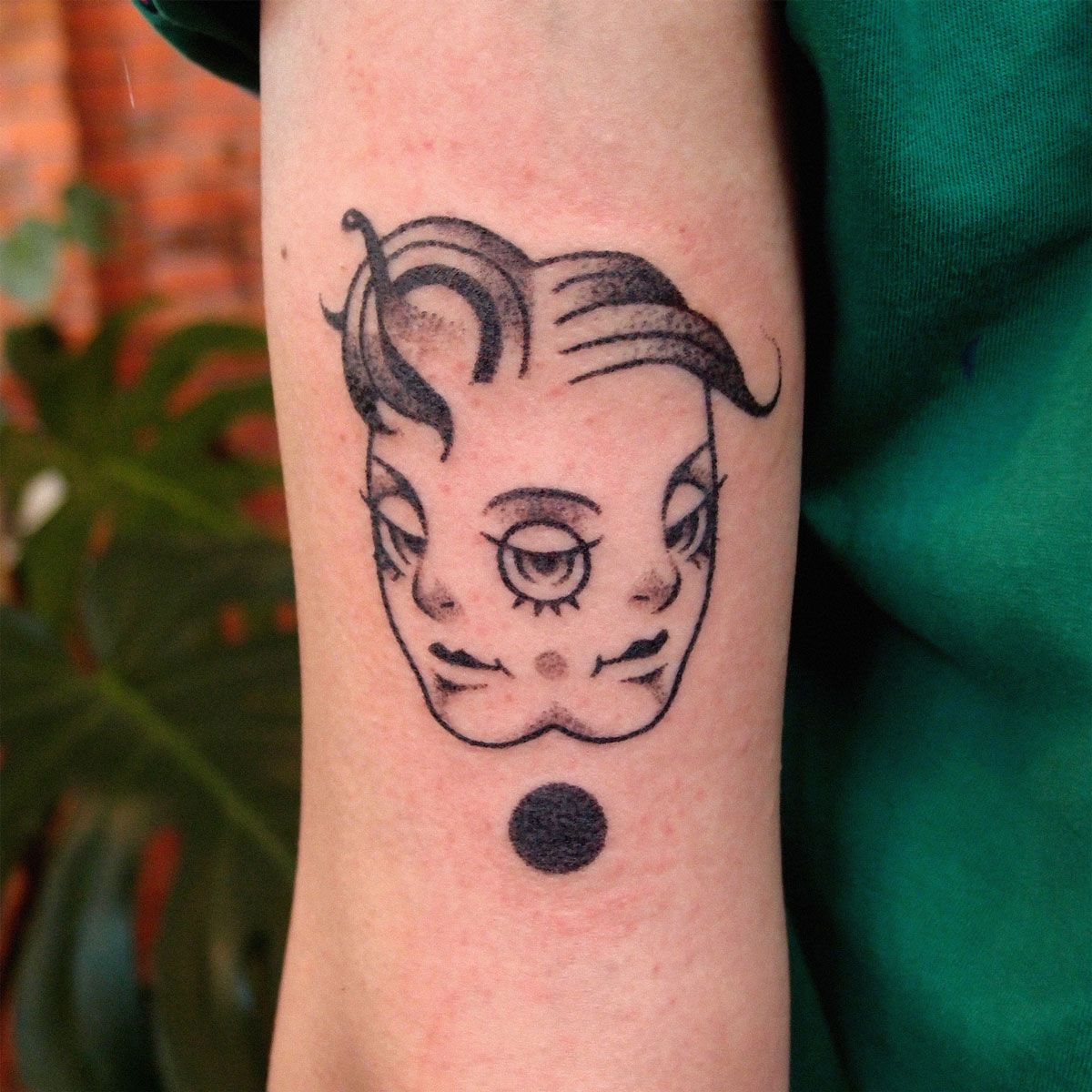
What's your best client experience?
I've been very, very lucky that I haven't had any nightmare client experiences. I had a really fun time working with Nike, which was super cool and also my first animation job. They had commissioned me only to do some static pieces but then they were like, So we're thinking about animation, do you know any animators? And I was like, Me? Like a little bit of a lie, I had kind of doodled around in Procreate, and since I already had made the static pieces, I figured it would just be so easy for me to know how each element would move.
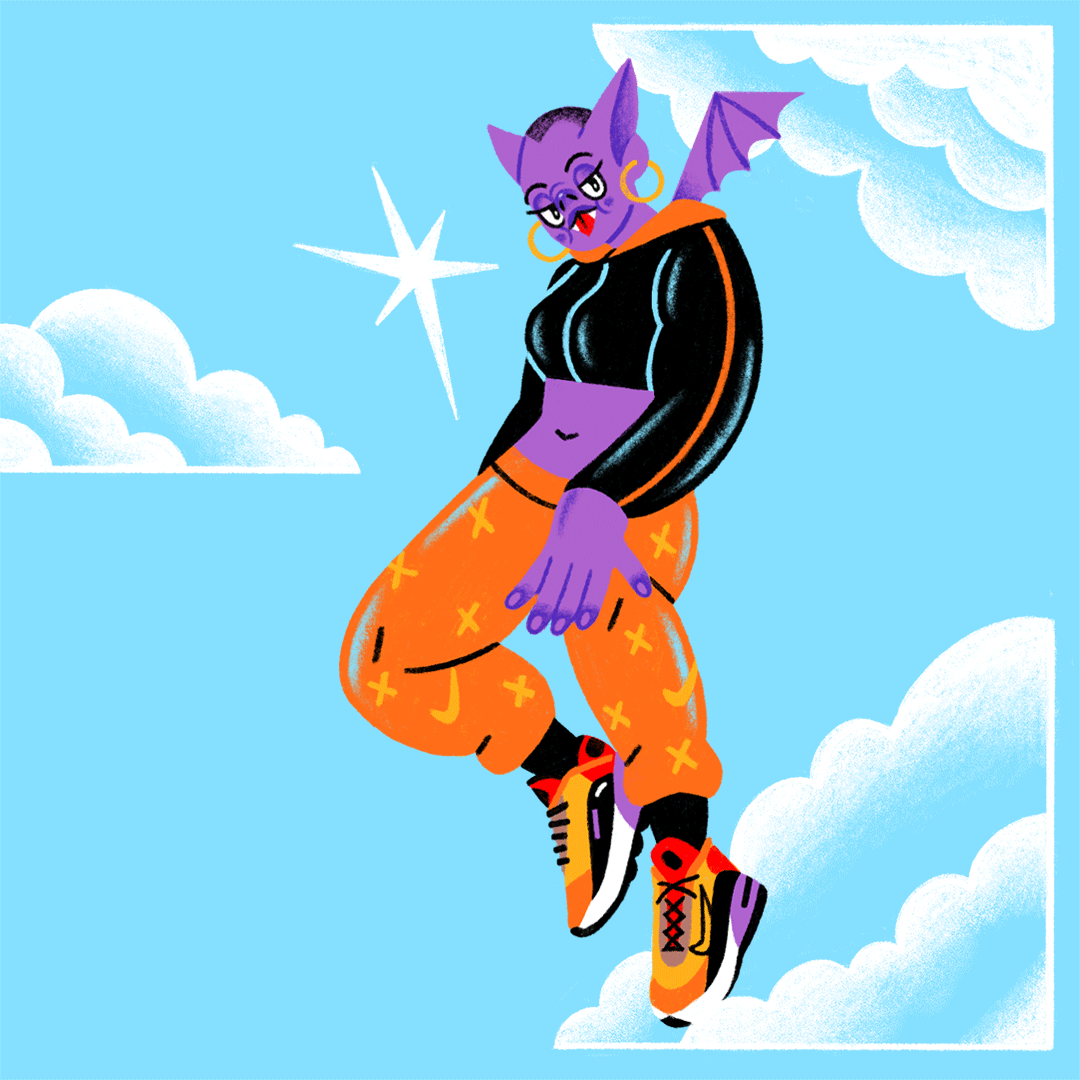

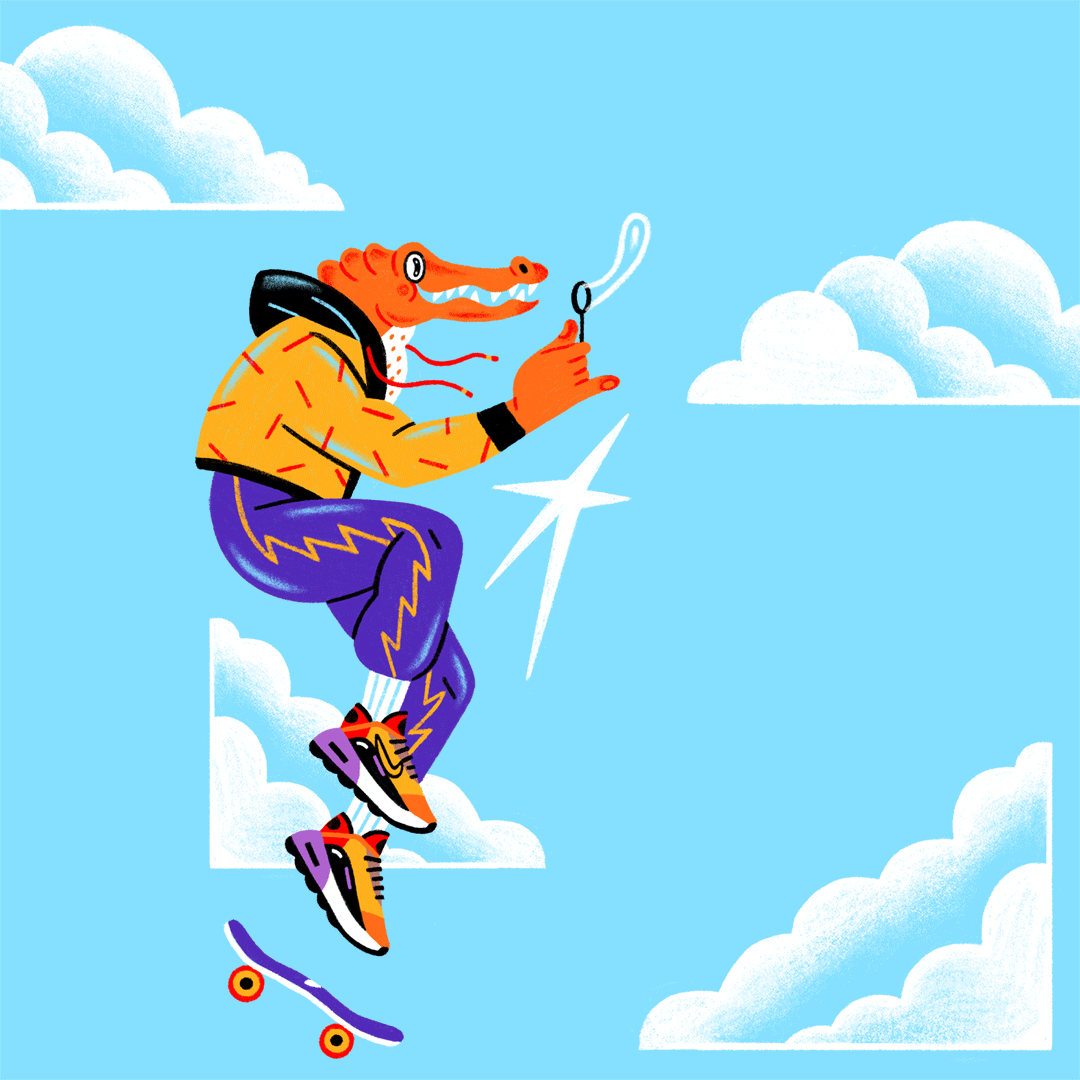
The brief was so open, they just gave me the new AirMax 2090 shoe and a purple, orange, and brown colorway and said Draw whatever you want, make a poster with some characters. And I love drawing characters, so basically, I just did some animal-human hybrid characters wearing sneakers and either exercising or dancing. Characters are my strength. If you ask me to draw a building, I'll be like, Oh I can draw a building, but would you like eyes on that building and maybe some hands? They could be wearing sneakers.
Do you have a favorite piece you’ve done?
When I look back at my work, I don't think I really dislike anything so far. You know, I don't look back and gag. It's something I've been working on because I know, with a lot of creative people, you look back at your work and go, Oh, god, that was a choice. But one of my friends at school said something really profound to me: the piece of art that you're making right now is the best piece of art you've made in your life. And I was like, You're right, I can't kill my darlings so often—I should really embrace them. So I don't think I have a particular favorite. I think in each piece I've made, I can find something I like, for sure.
Do you feel like your style has changed a lot over the years?
Mmhmm. A lot. Up until I started illustration school in New York, I hadn’t drawn anything for two years, so I took that time to figure out what I liked drawing, rather than what I thought people wanted me to draw. That was definitely something I had to learn, because you’re always wondering in the back of your mind, When I graduate, can I make a living from this? I should learn how to make work that I can live from.
In the end, when I graduated, I still hadn't really figured out what my style was; I had figured out I could draw, but none of it felt like mine. I was trying different mediums, playing with ink, pencils, and then when I got married, my parents asked me what I wanted as a present, and I said I wanted an iPad. And that's when I started experimenting with digital illustration and figuring out my voice, my style, and what I really enjoy drawing, instead of making work that was digestible or would get me jobs. I was just making work for myself. And then the work for myself was being received really well on social media and started getting me work for my wallet.
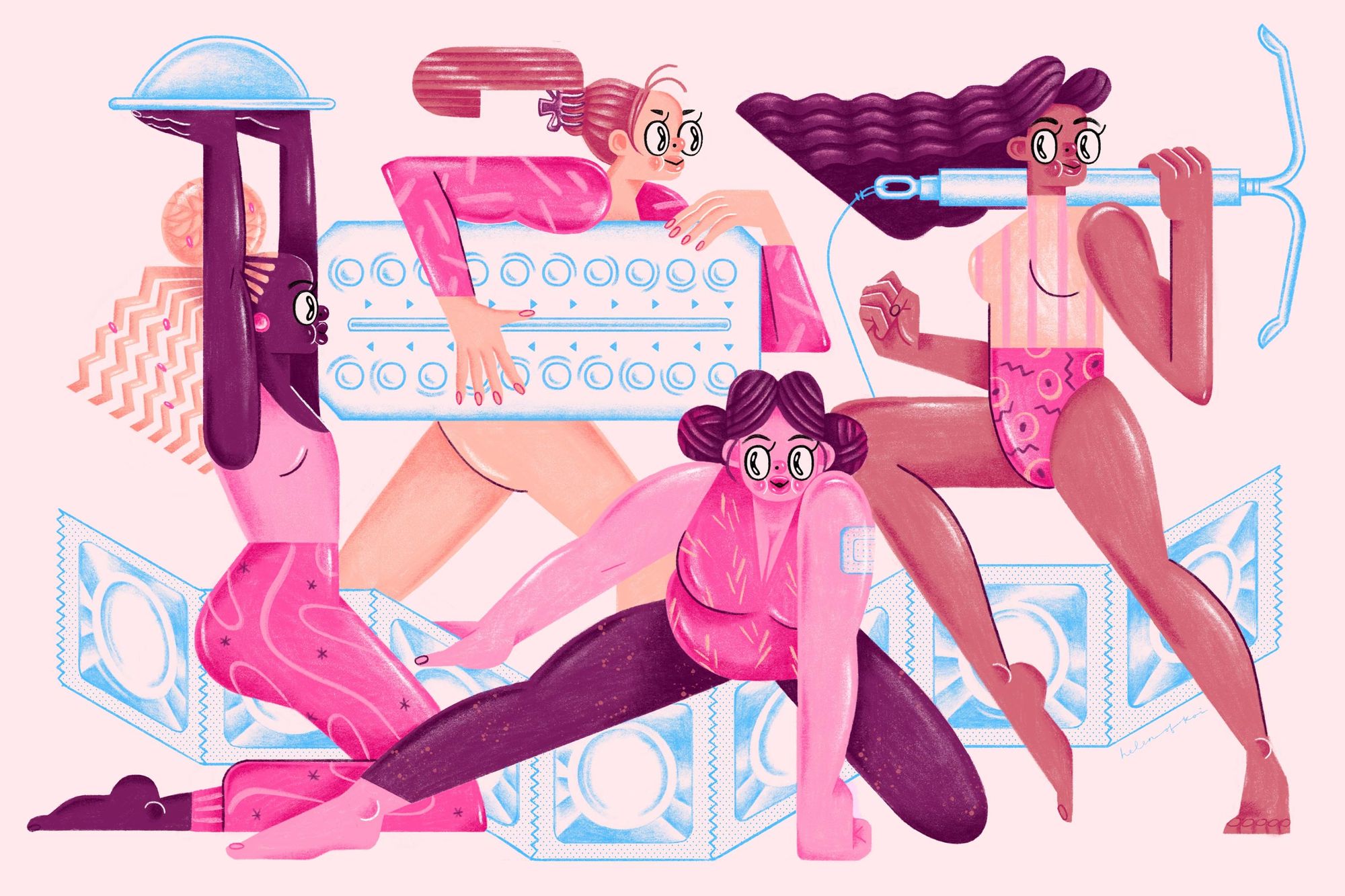
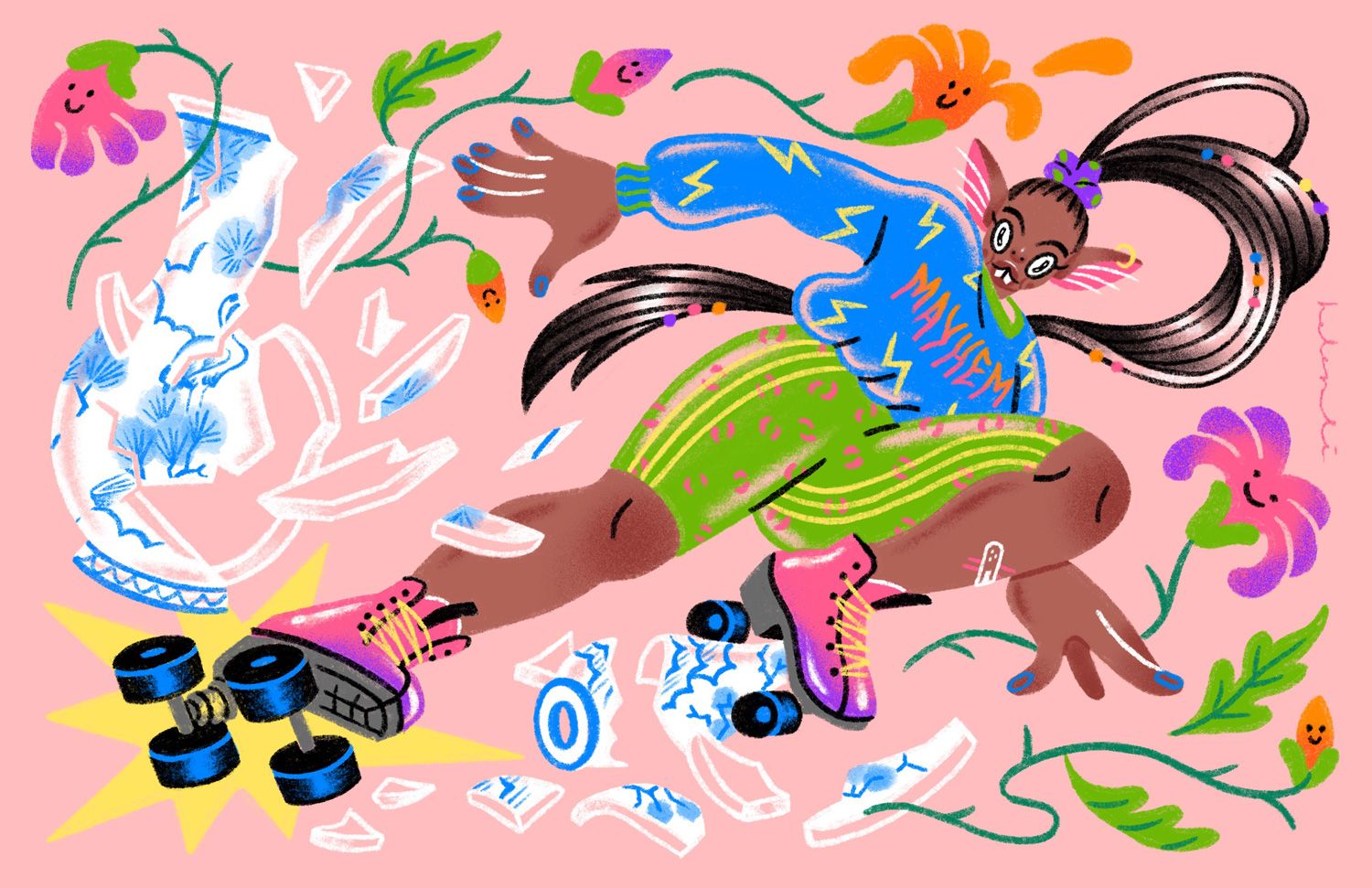
Do you have any advice for artists reading this?
I think the greatest advice I was ever given was to draw what you like and draw what you know. It's as simple as that. Because I think when you're in school or trying to break into illustration, there's lots of pressure to come off as really smart, but in the end, people want to see you having fun, because if it's not fun for you, it's not gonna be fun for the people seeing your art.
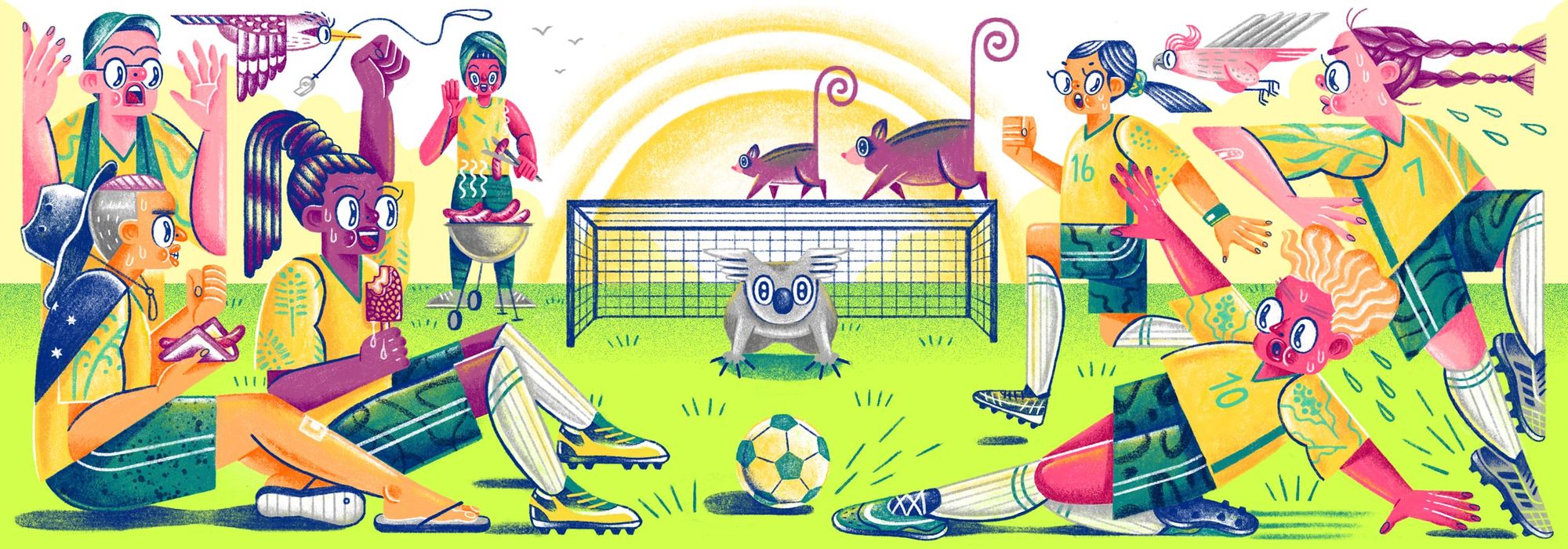
You can find Helen's work on Playbook, Instagram, and her website.
